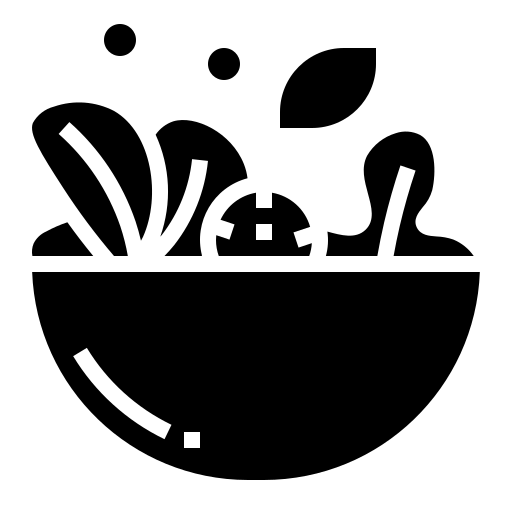Can You Eat Chalk?
Chalk is a common household item and a staple in classrooms, but have you ever wondered if it’s safe to eat? In this article, we delve into the question of whether you can eat chalk, exploring the potential health risks, and providing important information on the topic.
Understanding Chalk
What Is Chalk Made Of?
Chalk is primarily composed of calcium carbonate (CaCO₃), a naturally occurring compound found in sedimentary rock. It is used for various purposes, including writing on blackboards, drawing, and as a dietary supplement for animals. Although it’s a common material, the idea of consuming it raises important health considerations.
Types of Chalk
Chalk comes in different forms, including:
- Blackboard Chalk: Traditionally used in classrooms for writing and drawing.
- Sidewalk Chalk: Often used by children for outdoor play and artistic expression.
- Calcium Supplements: Specifically designed to be consumed for calcium intake.
Is Eating Chalk Safe?
Health Risks of Eating Chalk
While eating chalk might seem harmless due to its benign appearance, it can pose several health risks:
- Digestive Issues: Consuming chalk can lead to gastrointestinal problems, such as nausea, vomiting, and abdominal pain.
- Toxicity: Some types of chalk, especially those not intended for consumption, may contain additives or impurities that can be harmful if ingested.
- Nutritional Imbalance: Eating chalk does not provide any nutritional benefits and can lead to an imbalance in your diet.
What to Do If You Accidentally Eat Chalk
If you accidentally ingest a small amount of chalk, it is usually not a cause for panic. However, it’s important to:
- Drink Water: Hydrate well to help flush out the chalk from your system.
- Monitor Symptoms: Watch for any adverse symptoms, such as persistent stomach pain or vomiting.
- Seek Medical Advice: If you experience severe symptoms or have ingested a large amount, consult a healthcare professional immediately.
Alternatives to Chalk Consumption
Safe Calcium Sources
If you are seeking to increase your calcium intake, consider safer alternatives:
- Dairy Products: Milk, cheese, and yogurt are excellent sources of calcium.
- Leafy Greens: Spinach, kale, and broccoli offer substantial calcium benefits.
- Calcium Supplements: Use supplements specifically designed for human consumption, and consult with a healthcare provider before starting any new supplement regimen.
Creative Uses for Chalk
Instead of eating chalk, consider its intended uses:
- Educational Purposes: Use it for writing and teaching in classrooms.
- Art and Recreation: Enjoy sidewalk chalk for drawing and creative outdoor play.
While the idea of eating chalk might arise out of curiosity, it is essential to recognize that it is not intended for consumption. For more information on safe dietary practices and alternatives, visit Can You Eat. Additionally, consult authoritative sources like the Mayo Clinic for more health-related advice and information.
By understanding the risks and exploring safer alternatives, you can make informed decisions about your health and well-being.

Leave a Reply